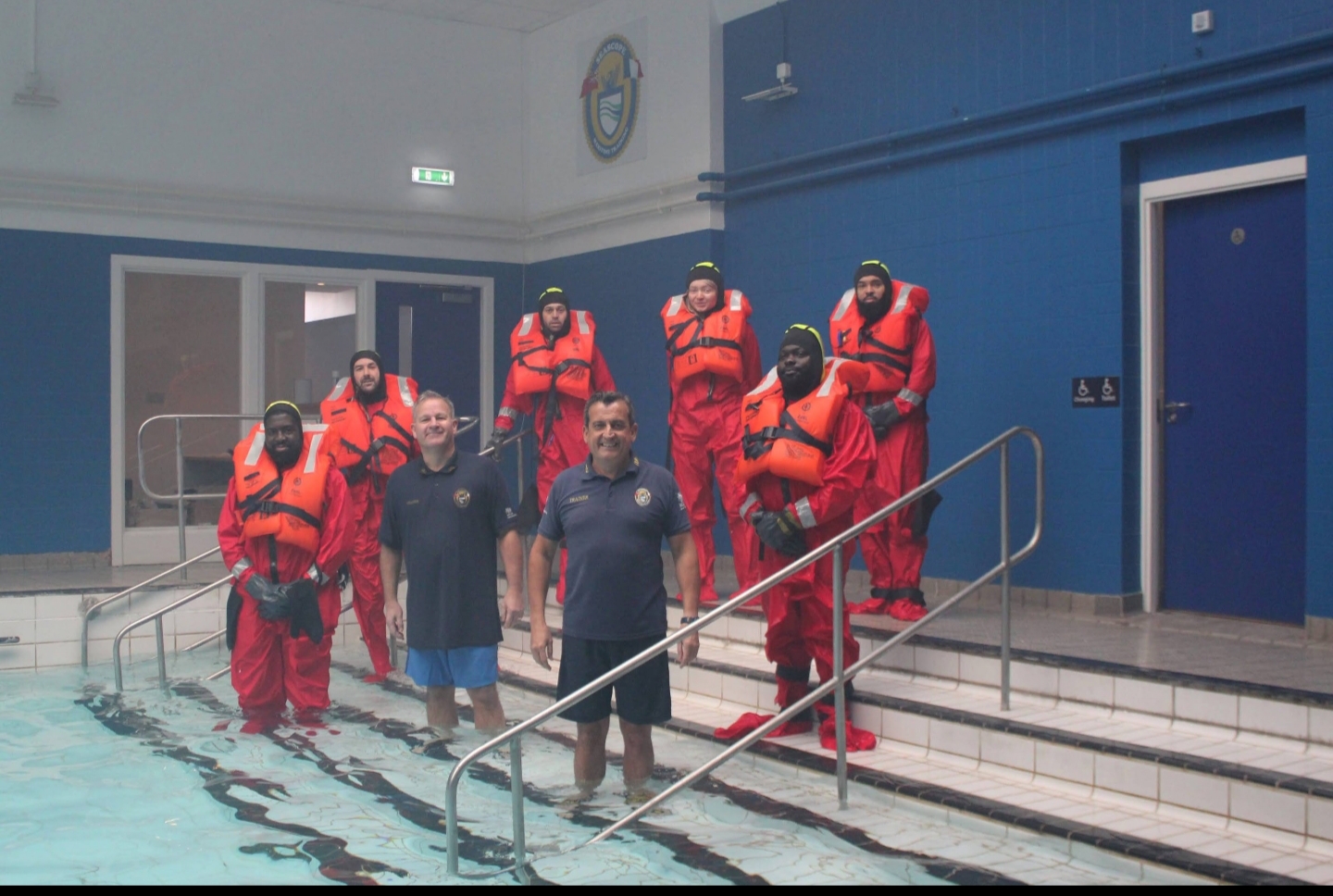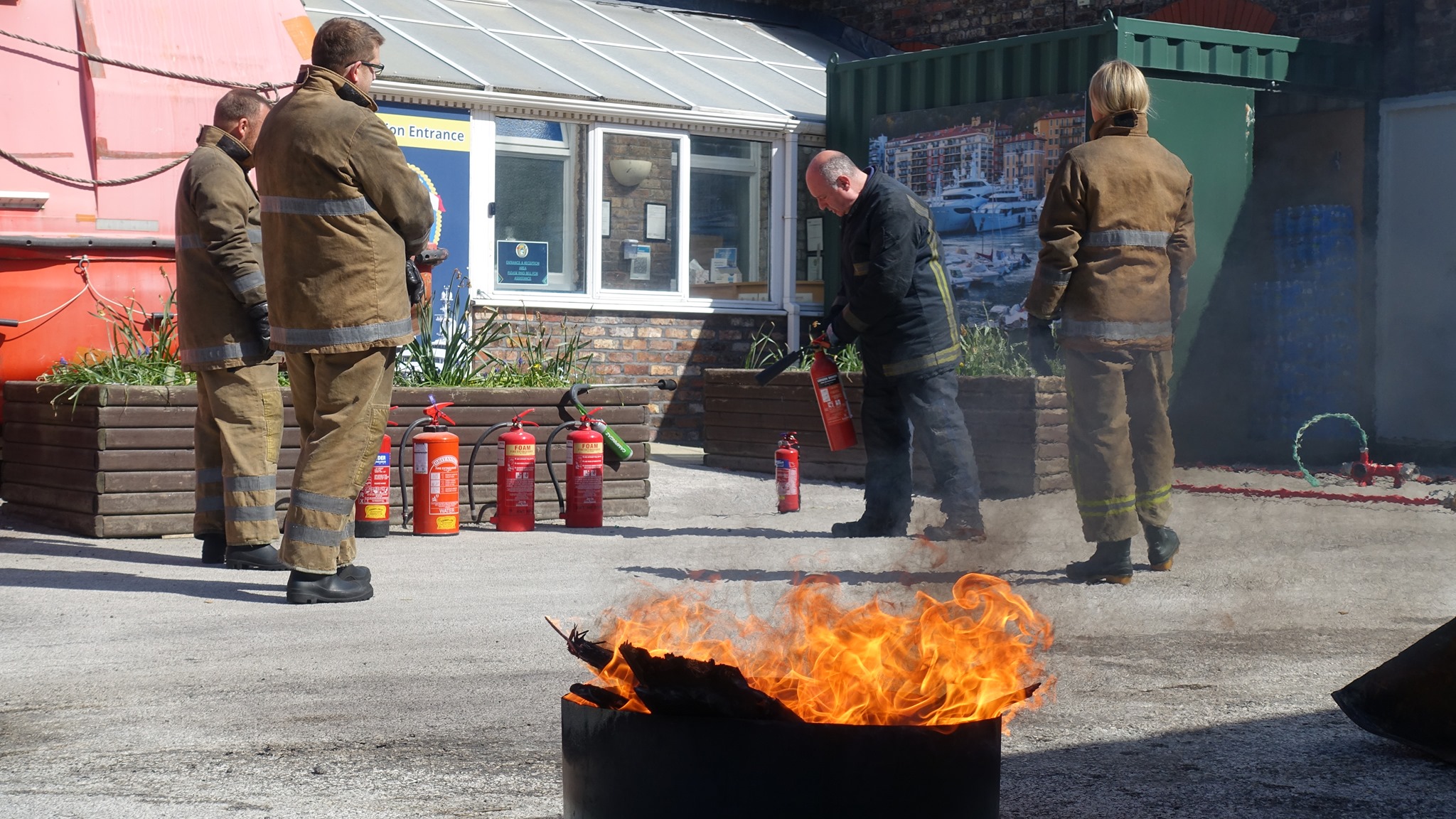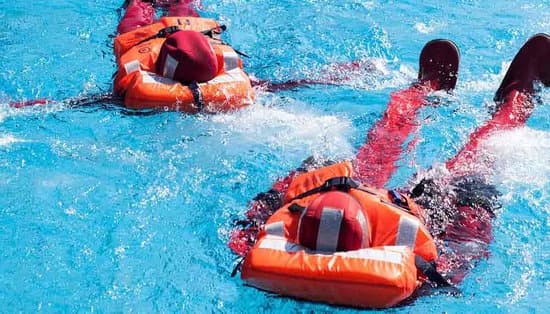
What is STCW Training?
What is STCW Maritime Training? How does it work?
The International Convention on Standards of Training, Certification and Watchkeeping for Seafarers (STCW) was adopted by the International Maritime Organization (IMO) in response to the tragic sinking of the Titanic in 1912. The convention entered into force in 1999 and revised a set of training standards and established requirements for certification of seafarers. Prior to this convention, there were no universal standards for training, certification and watchkeeping which led to variations in procedures. The STCW convention aims at enhancing crew performance during abnormal and emergency situations, reducing the risk of ships and improving working conditions for members of the maritime industry. The STCW-95 is an IMO standard that details a code of practice that establishes common principles, standards and implementation guidelines concerning the training, certification and periodic renewal of Watchkeeping Proficiency Standards for Seafarers.
What is the role of STCW in Maritime Training?
The standards set out requirements for the selection, training, assessment and certification of personnel employed in the maritime industry. The STCW convention does not set out requirements for the training of seafarers for specific job roles but rather for common skills required of all seafarers who operate onboard ships. The various conventions under the STCW, such as Training and certification of seafarers, Medical Examination of Seafarers and the Code of Conduct for Seafarers are binding on signatory countries. The conventions lay out the requirements for what should be included in the training of seafarers, who they should be trained by and how they should be assessed.
What are the requirements under the STCW convention?
The STCW convention requires that all seafarers be trained to competency and remain competent throughout their careers. This means that every seafarer has to undergo training every few years to ensure that they remain competent in the various aspects of their job. The level of competence required for each individual role is set out under the STCW conventions. The training program must be designed so as to enable participants to attain the level of competence required under the relevant STCW convention. It must also provide participants with an understanding of the nature and purpose of the training. The STCW convention sets out the requirements for the minimum number of days of training. These vary according to the type of ship, the role of the seafarers, experience and the country operating the vessel.
Types of Maritime Training under STCW
– Curriculum Development – The basic requirement is to develop a course that includes the syllabus, course outline and assessment plan. The syllabus covers the topics to be covered in the course, the course outline is a flow chart of the topics discussed in the training and the assessment plan covers how competency is to be assessed. – Lecture Method – The lecture method is the most commonly used mode of instruction. The lecturer explains the topic and the students listen and take notes. – Visual Aids – Visual aids such as charts, graphs, photographs or models are used to illustrate a point or to give a three-dimensional view of a topic. – Discussion Method – The instructor poses a question or raises a controversial issue and allows time for the students to discuss and reach a conclusion. – Demonstration Method – An instructor demonstrates the correct way to do a task, skill or procedure. – Demonstration followed by Discussion – In this method, the instructor first demonstrates a skill, procedure or operation and then allows time for the students to discuss what they have just seen.
What are the benefits of STCW training program?
The STCW convention is the first attempt to standardize training, certification and watchkeeping procedures across the globe. The training program ensures seafarers possess basic knowledge and skills necessary to operate ships safely and effectively. The training ensures that seafarers are well equipped with knowledge and skills to assist them in responding to emergency situations. The standardized training helps in the transfer of knowledge and skills across the industry. The training program helps in the development of managerial skills. The standardized training promotes better working relationships between the crew members and the ship operators.
Conclusion
The STCW convention lays down a code of practice that establishes common principles, standards and implementation guidelines concerning the training, certification and periodic renewal of Standards of Training Certification & Watchkeeping. The convention ensures that the crew members of all vessels are trained and certified to operate the ship in a safe manner. The training ensures that members of the crew have the necessary knowledge and skills to respond to emergency situations. The convention lays down standards for the minimum number of days of training and the topics that should be covered during the course. It is important to understand the STCW convention and the role it plays in maritime training.
We Are Here For You
If you are interested in a career away at sea and would like more help then Seascope is here for you.
If you would like further information, FREE career or training advice from our experts please feel free to contact us anytime:
Call Now + 44 151 709 3290
OR
Email- [email protected]

